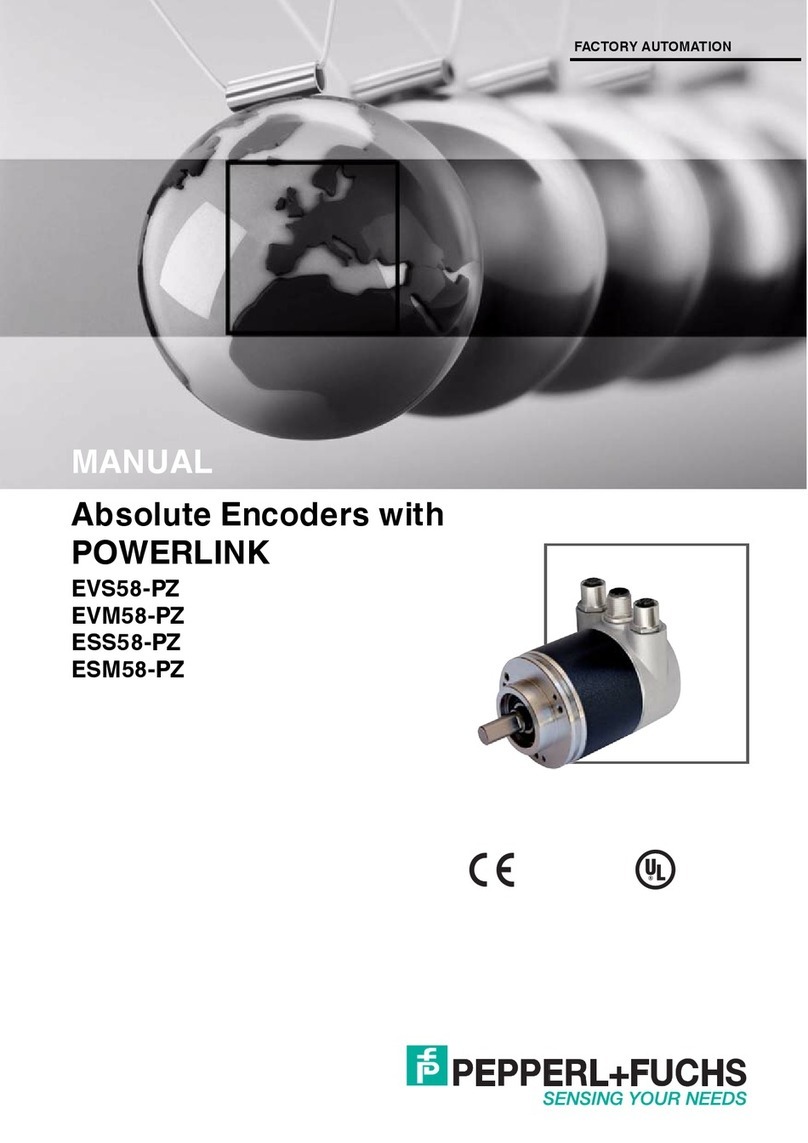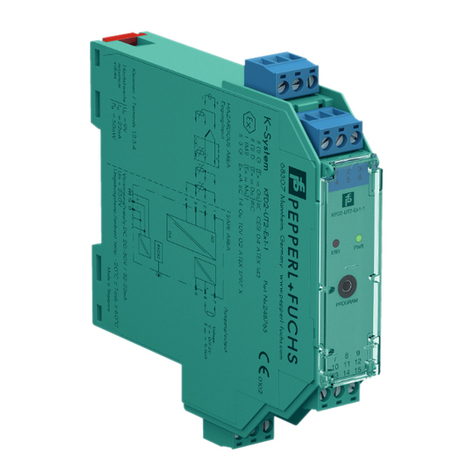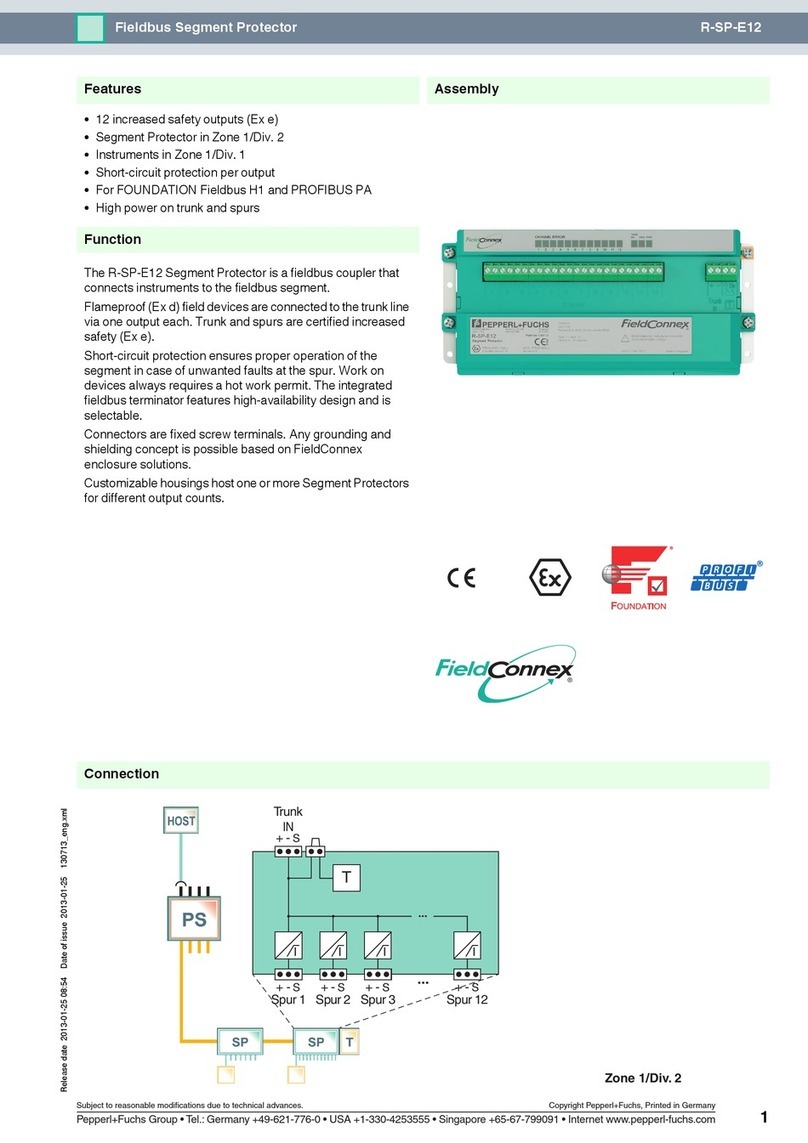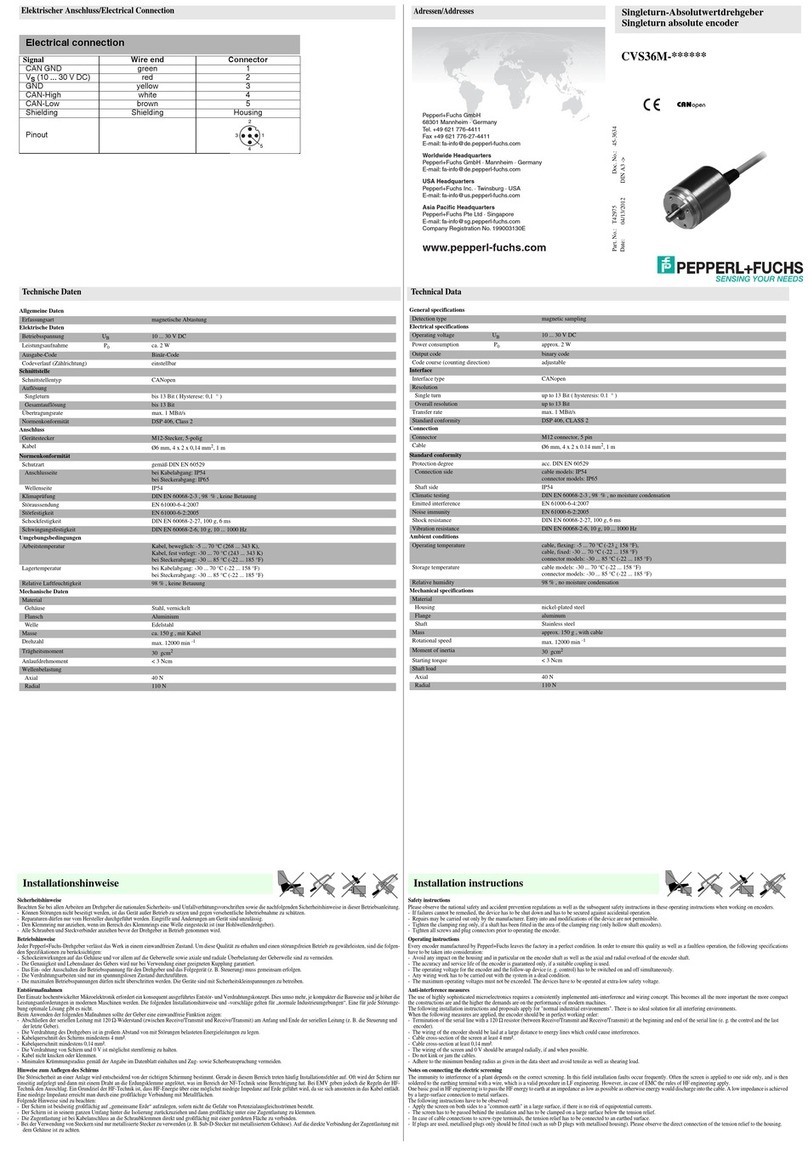Pepperl+Fuchs ES 58 EC Series User manual
Other Pepperl+Fuchs Media Converter manuals
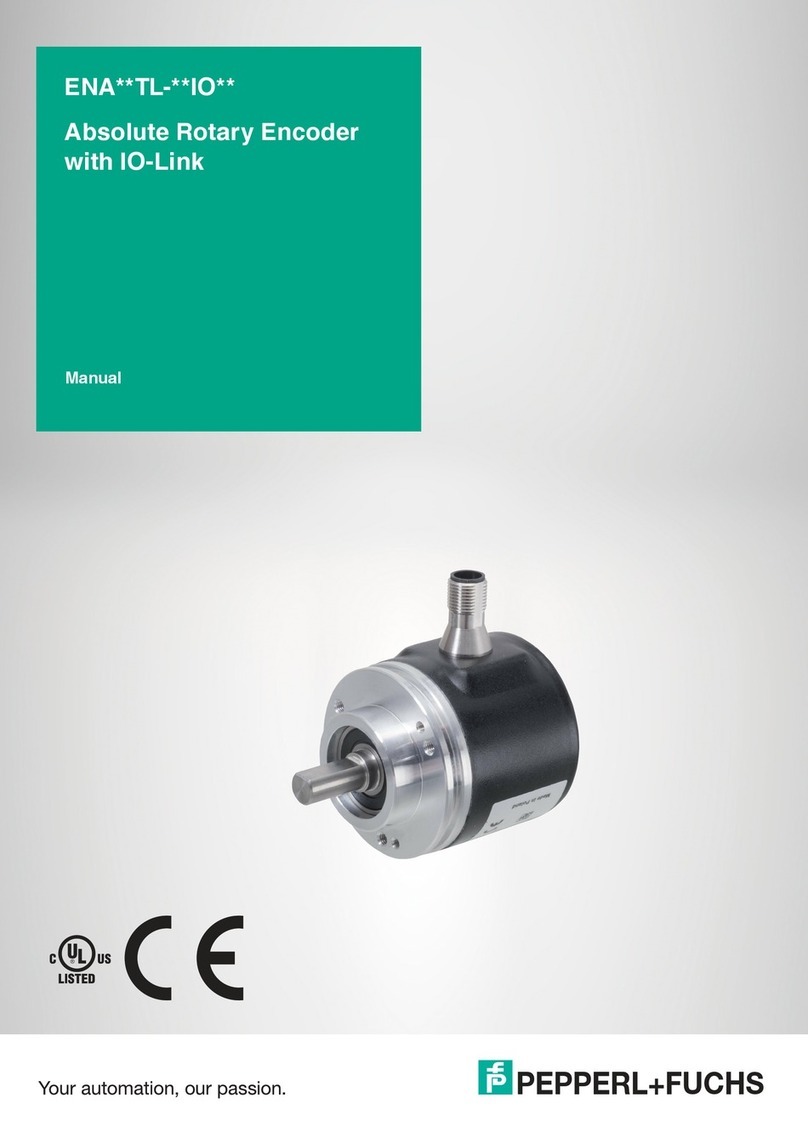
Pepperl+Fuchs
Pepperl+Fuchs ENA TL IO Series User manual

Pepperl+Fuchs
Pepperl+Fuchs ENI11HD User manual
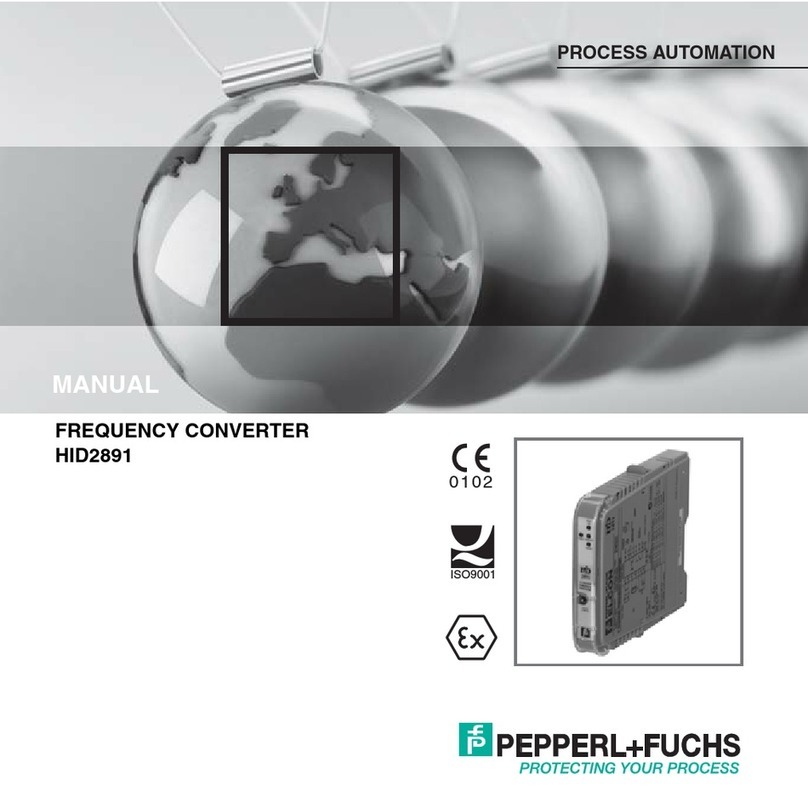
Pepperl+Fuchs
Pepperl+Fuchs HID2891 User manual

Pepperl+Fuchs
Pepperl+Fuchs WCS Series User manual

Pepperl+Fuchs
Pepperl+Fuchs ENI11HD User manual
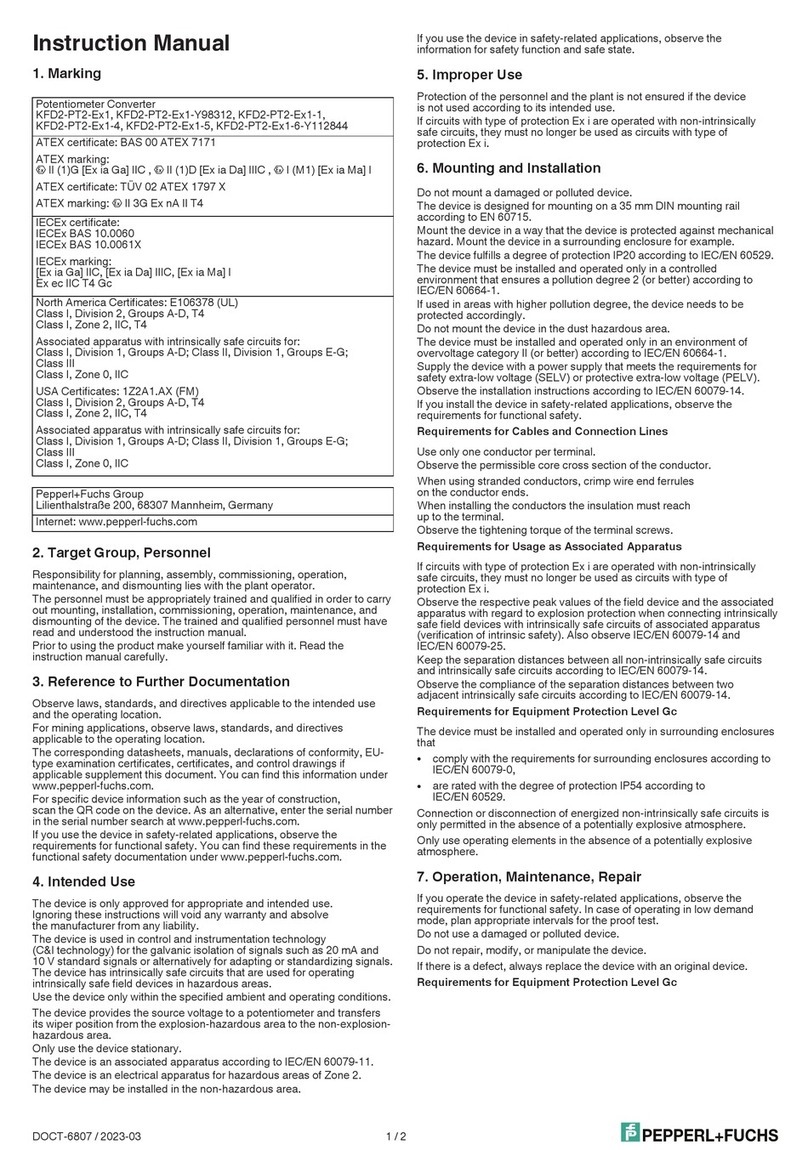
Pepperl+Fuchs
Pepperl+Fuchs KFD2-PT2-Ex1 User manual
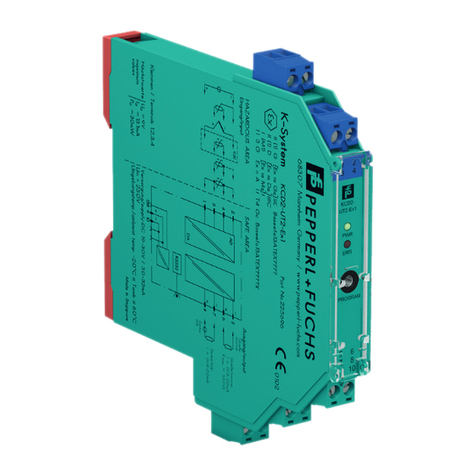
Pepperl+Fuchs
Pepperl+Fuchs KCD2-UT2-1 User manual

Pepperl+Fuchs
Pepperl+Fuchs KFD2-UFC-Ex1.D User manual
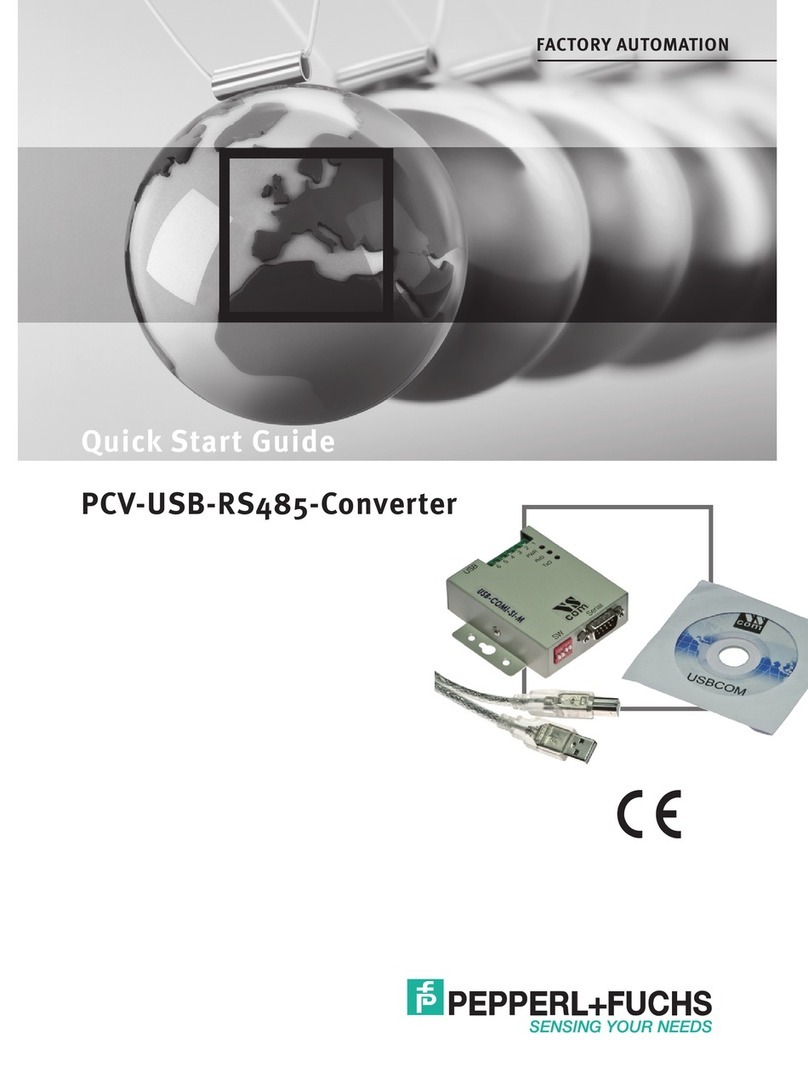
Pepperl+Fuchs
Pepperl+Fuchs PCV-USB-RS485 User manual
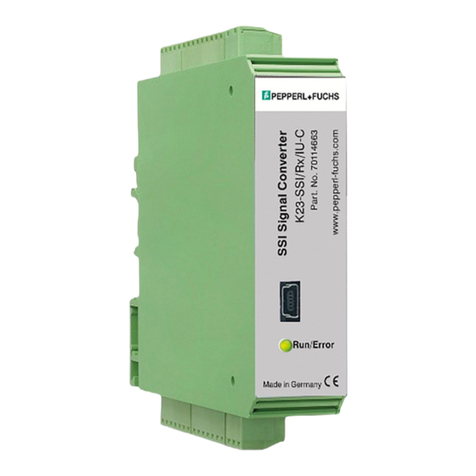
Pepperl+Fuchs
Pepperl+Fuchs K23-SSI/Rx/IU-C User manual
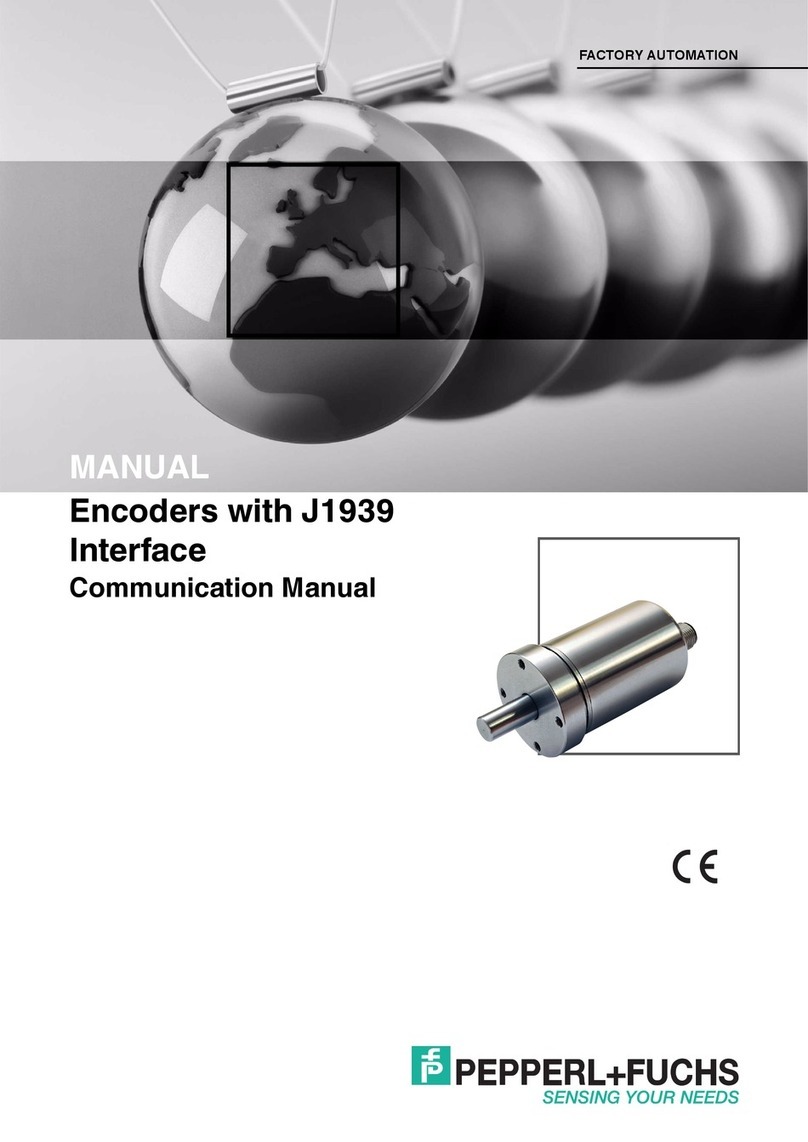
Pepperl+Fuchs
Pepperl+Fuchs ENA42HD-S J1939 Series Use and care manual

Pepperl+Fuchs
Pepperl+Fuchs KFD2-GUT-Ex1.D User manual
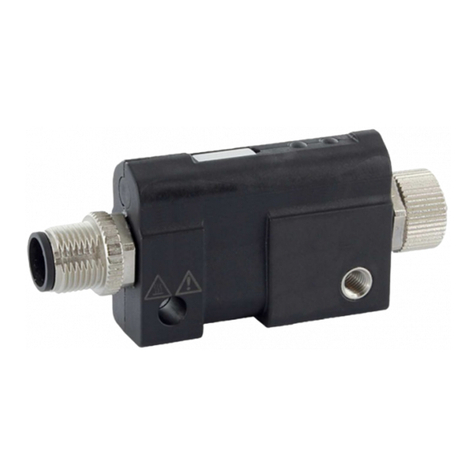
Pepperl+Fuchs
Pepperl+Fuchs ICA-AI-I/U-IO-V1 User manual
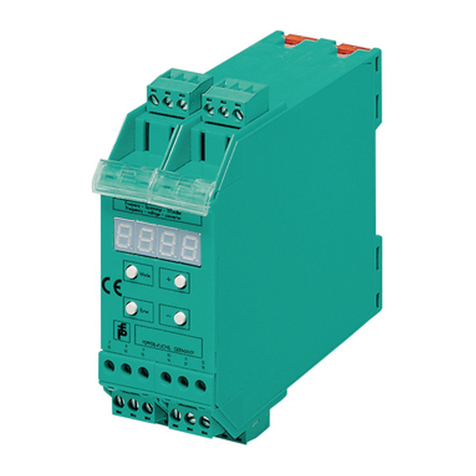
Pepperl+Fuchs
Pepperl+Fuchs KFU8-FSSP-1.D-Y User manual
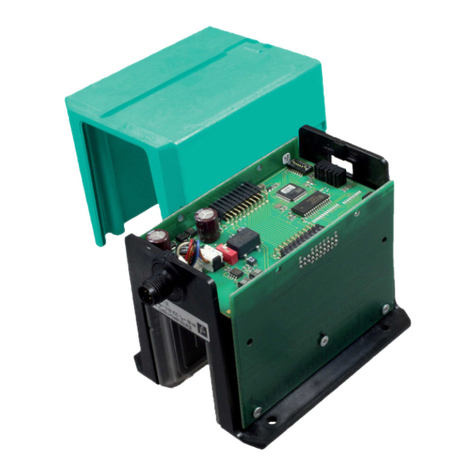
Pepperl+Fuchs
Pepperl+Fuchs WCS Series User manual
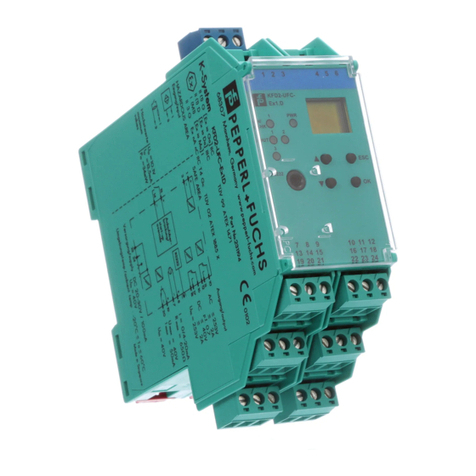
Pepperl+Fuchs
Pepperl+Fuchs KFD2-HLC-Ex1.D Series User manual
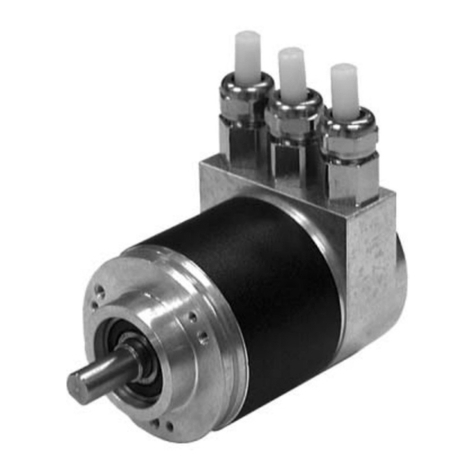
Pepperl+Fuchs
Pepperl+Fuchs P 58 Series User manual
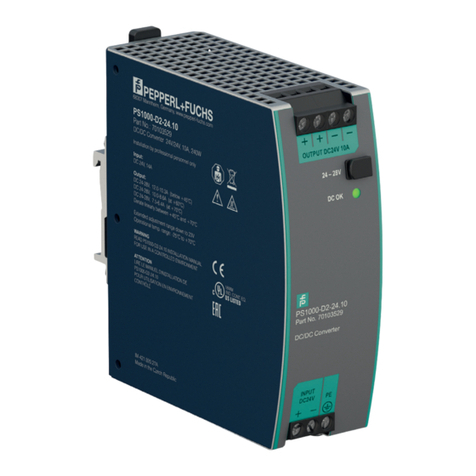
Pepperl+Fuchs
Pepperl+Fuchs PS1000-D2-24.10 Manual
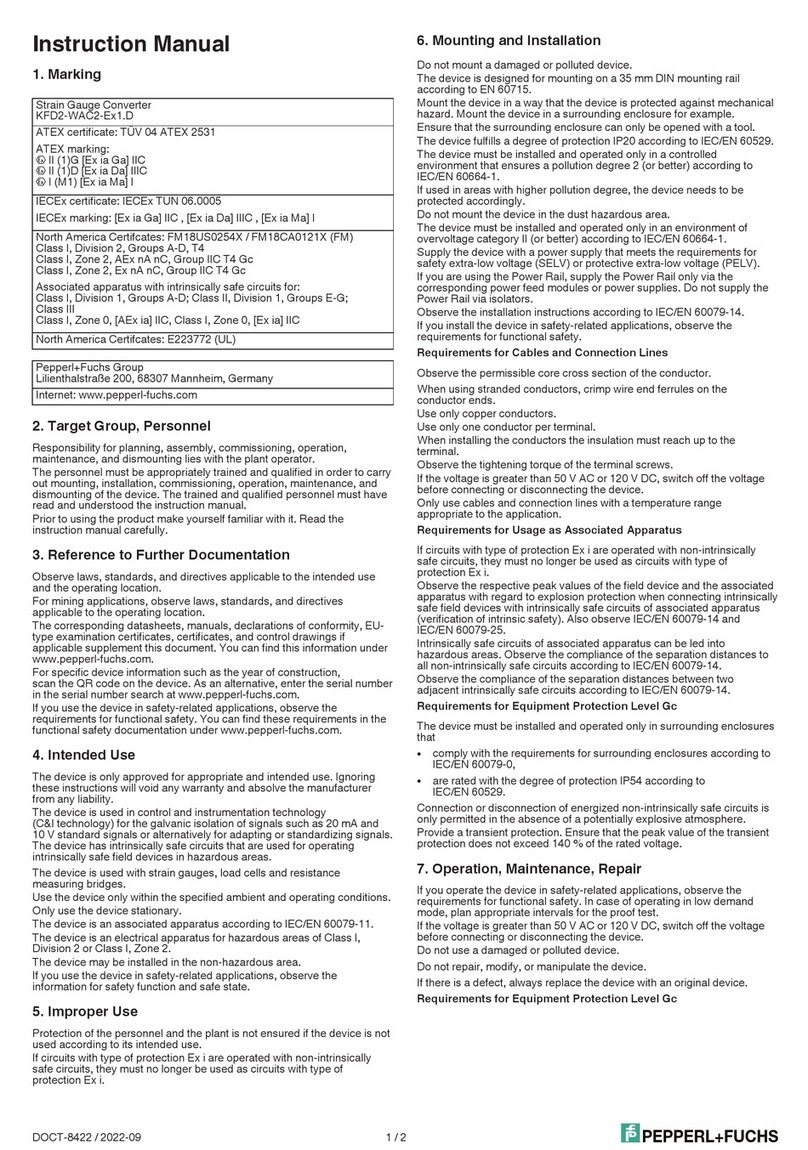
Pepperl+Fuchs
Pepperl+Fuchs KFD2-WAC2-Ex1.D User manual
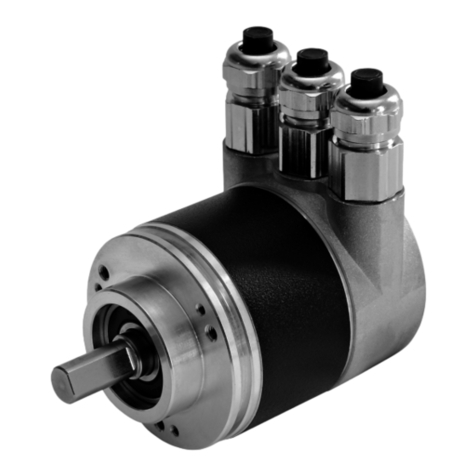
Pepperl+Fuchs
Pepperl+Fuchs PVS58X Series User manual
Popular Media Converter manuals by other brands

H&B
H&B TX-100 Installation and instruction manual

Bolin Technology
Bolin Technology D Series user manual

IFM Electronic
IFM Electronic Efector 400 RN30 Series Device manual

GRASS VALLEY
GRASS VALLEY KUDOSPRO ULC2000 user manual

Linear Technology
Linear Technology DC1523A Demo Manual

Lika
Lika ROTAPULS I28 Series quick start guide

Weidmuller
Weidmuller IE-MC-VL Series Hardware installation guide

Optical Systems Design
Optical Systems Design OSD2139 Series Operator's manual

Tema Telecomunicazioni
Tema Telecomunicazioni AD615/S product manual

KTI Networks
KTI Networks KGC-352 Series installation guide

Gira
Gira 0588 Series operating instructions

Lika
Lika SFA-5000-FD user guide
